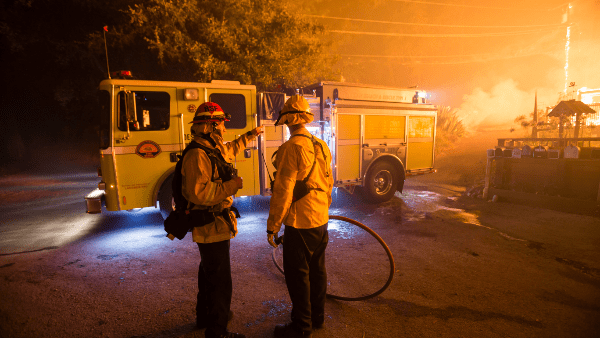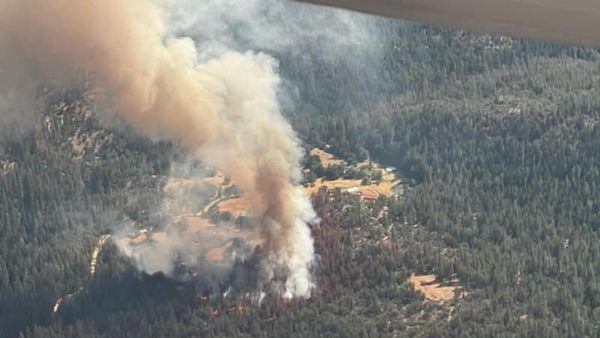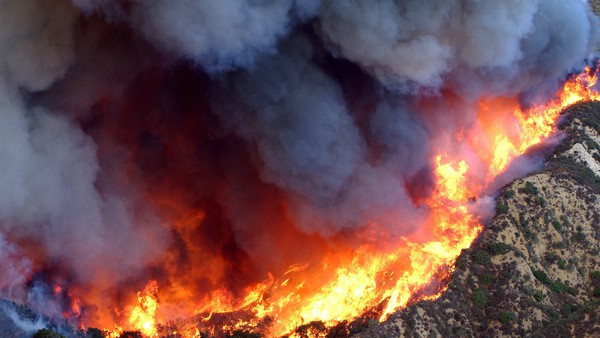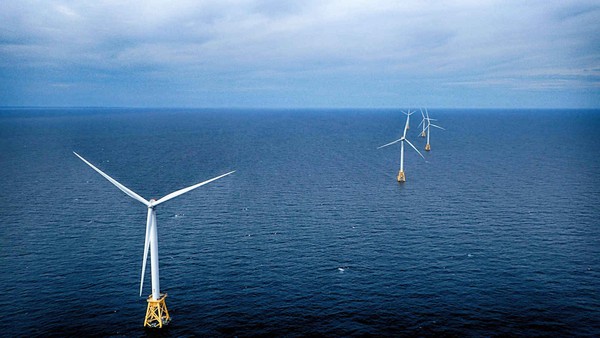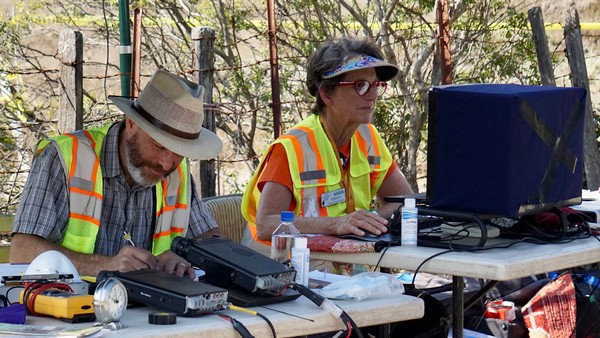The CZU Fire, one of the most terrifying events that Santa Cruz County has ever faced, can be viewed from any number of perspectives. For this week's newsletter, I want to place the fire in a specific context: The CZU Fire, and all of the megafires that have been engulfing California and the West, are human-caused disasters.
As Jonathan Vankin’s reporting and analysis show in a couple articles posted below, there are two causes of this volatile situation. Of course, global warming is the most profound reason our world is on fire—and even though you are no doubt aware of that fact, I believe you will still find it empowering to dig into the details Jon presents here.
The less-discussed cause of rampant megafires—equally important—is a century-plus of heinous mismanagement in the woods, where the forest was seen only as a commodity and often clear-cut to dirt. What grew in its place was usually a dense crop of same-aged trees that sort of resembled a living forest, but lacked the inherent resilience, evolved over millennia, of a healthy mature forest.
This includes the CZU Fire. Let's recall that the Santa Cruz Mountains were once covered with ancient redwoods that were virtually impervious to fire. More than 95 percent of them were felled, and the trees that replaced them were, obviously, not impervious to fire. It took more than 100 years for the inevitable to occur, because in a redwood forest time moves slowly.
The same holds true for the McKinney Fire, the biggest wildfire in the state so far this year, which has killed five people at last count. As Jon reports: “The McKinney Fire started in terrain that had been extensively deforested by loggers. That caused smaller, less fire-resistant trees to grow in place of the larger trees cut down years ago.” As you will see, that fact is not stopping anti-environmentalists in Siskiyou County from blaming the fire on logging regulations.


